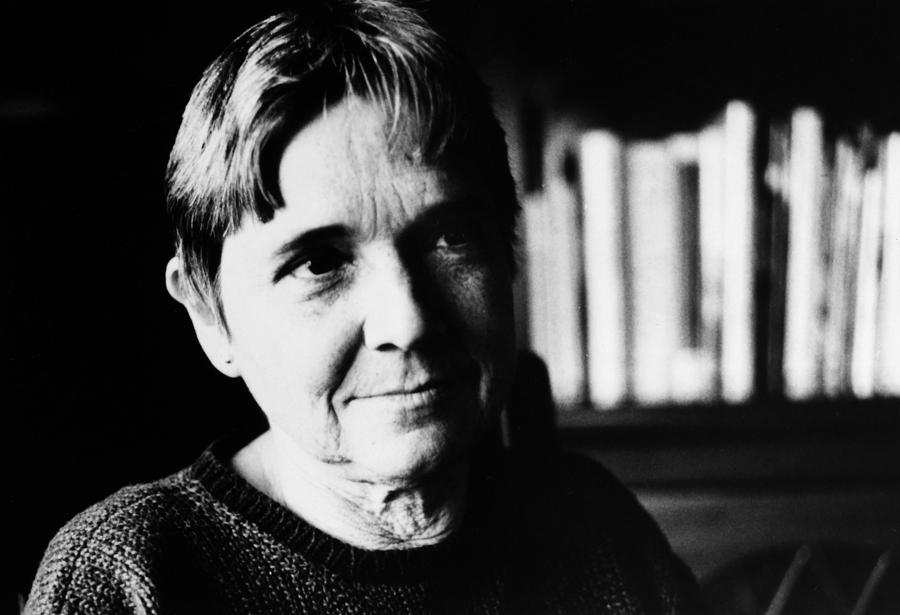About A. K. Ramanujan:
A. K. Ramanujan was not only an enlightened poet, but also a philologist, a folklorist, a translator, a scholar and a playwright. Well-versed with the languages of Kannada and English, Ramanujan had done a fair amount of research in the languages of Tamil, Telugu and Sanskrit. A firm believer in a non-standardized and local form of Indian literature, he wrote a compilation of his poems in his book “The Collected Poems” and was posthumously awarded for it as well.
Introduction to Elements of Composition:
“Elements of Composition” is a poem that skims through the life of the poet in small events that are placed according to the timeline that his life follows. It is an ode to the life that we all live; of how we all are just composed of elements that give rise to our birth and later, on our demise, become one with those same elements that spouted our existence. The poet touches upon different components of memories, from nostalgia, to affection and later of an overall experience, all revolving around the concept of the “Tree of Life”, which believes humanity to be closely interlinked with nature.
Setting of Elements of Composition:
Ramanujan, who was known for encouraging local and experimental creation of literature, narrates this poem to support an unconventional truth about how life is not limited by time or by form and keeps changing constantly to hold the circle of life together. The lines “self-tangled in love and work” and scary dreams, capable of eyes that can see” talk about the play of emotions that bind the individual with its journey in life. A nature of constant change is also vital in the life of a being, described by Ramanujan in the lines “Only by moving constantly, the constancy of things” and further goes on to describe events in his life that involved this change, like the changing of his uncle’s fingers while he narrated stories to him in their shadows, or like the changed expression of panic on his sister’s face moments before she is about to get married. He further narrates that as he passes through life, he takes what he finds and also leaves back affections, seeds and skeletons only to return to his natural composition, that is, the earth’s soil from which he had first sprouted.
Poetic Devices in Elements of Composition:
Alliterations:
Line 26: “a woman’s picture in their wallets”
Line 28: “male, female, married”
Line 39: “affections, seeds, skeletons”
Line 57: “past, and passing, tenses”
Simile:
Line 13: “like Stonehenge or cherry trees”
Line 34: “moving as nothing on earth”
Line 59 and 60: “caterpillar on a leaf, eating
being eaten.
Personification/ Metaphor:
Line 3: “Father’s seed and mother’s egg.”
Line 8: “into a chattering self-tangled”
Line 36 and 37: “I pass through them
As they pass through me”
Line 46, 47 and 48: “of the half-man searching
For an ever-fleeing
Other half.”
Line 53 and 54: “I lose, decompose,
into my elements”
Symbolism:
“Father’s egg and mother’s seed” symbolise the brink of the poet’s origination.
Summary of Elements of Composition:
Ramanujan’s poem revolves around the theme of the “Tree of Life” and is also an ode to the process of life and evolution itself. Ramanujan talks about the vital nature of change in the journey of life and goes on to describe instances in his lifetime that transformed through time. He begins his poem with his creation through the elements around him and ends with his statement of diminishing his existence with his reunion with those same elements, thus watering the hypothetical “Tree of Life”.
Critical Analysis of Elements of Composition:
The poet describes his firm belief in the circle that life follows, illustrates these views beautifully through events and situations from his life that support his conception. He involves the reader into his world of amalgamation where nothing is constant. He provides insights through instances in his life that makes this poem an honest review and thus brings the reader up-close and personal to his thinking. The poem describes emotions and memories as lessons and simple joys that life has to offer and truly asks of the reader to treat life like the God given gift that it is believed to be.
Central Idea of Elements of Composition:
This poem written by A. K. Ramanujan is an ode to the concept of the “Tree of Life” and how life begins with the death of another. The poet talks about events from his life that kept changing, much like his belief about life “only by moving constantly” lies the “constancy of things”. He believes that he himself, like every other individual and organism, is made up of the elements that surround him and will later decompose only to become one with it.
Tone of Elements of Composition:
The poem begins with Ramanujan describing his creation as a “self-tangled” amalgamation of not only the 5 elements that Hindu mythology believes in but also the elements listed down in the periodic tables used by scientists. He further narrates about the ever changing nature of life and how only if we ourselves keeping moving and changing with it, do we see the “constancy of things”. He then goes on to describe events from his life, like the changed expressions of his sister when she realises moments before her wedding about how her life will change forever and of how the riots in Nairobi has changed the way the residents live there. He later says that he passes through these events as they pass through them and on his demise, he shall decompose and become one with the same elements that once created him.
Conclusion:
Elements of Composition is a poem by Ramanujan that celebrates God’s art of composing organisms and the concept of the “Circle of Life” to show how beautiful and naturally connected the components around us can be. The phenomenon of old life decomposing to give rise to new life is illustrated perfectly with vivid experiences that also portray change as an equally important component of life. Ramanujan has crafted this poem skilfully to show the beauty of life along with the connection of an organism with its surrounding elements to play a major role in not just birth and death but also the entire purpose of evolution.
Contributor: Deeksha Honawar
Some online learning platforms provide certifications, while others are designed to simply grow your skills in your personal and professional life. Including Masterclass and Coursera, here are our recommendations for the best online learning platforms you can sign up for today.
The 7 Best Online Learning Platforms of 2022
- Best Overall: Coursera
- Best for Niche Topics: Udemy
- Best for Creative Fields: Skillshare
- Best for Celebrity Lessons: MasterClass
- Best for STEM: EdX
- Best for Career Building: Udacity
- Best for Data Learning: Pluralsight













